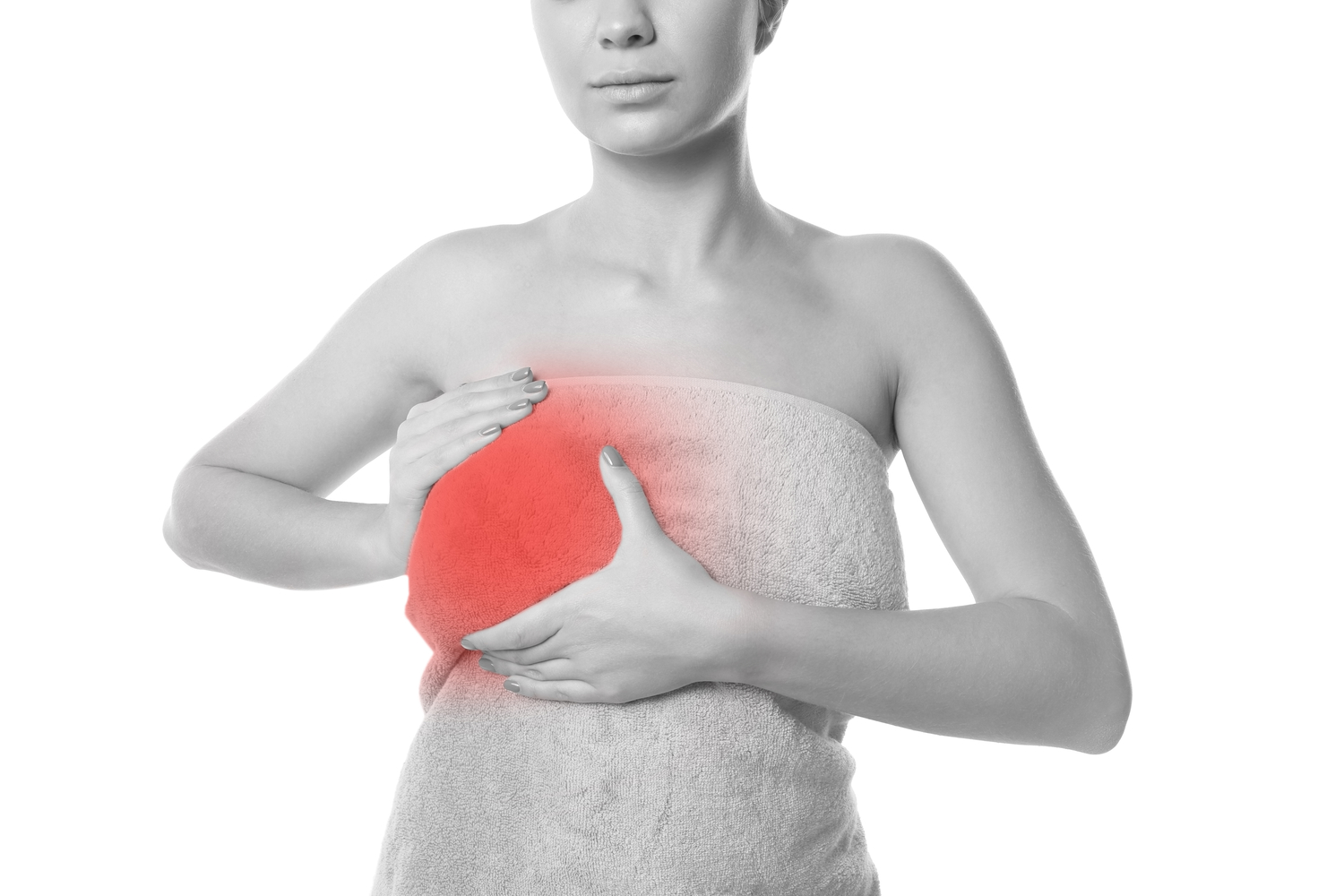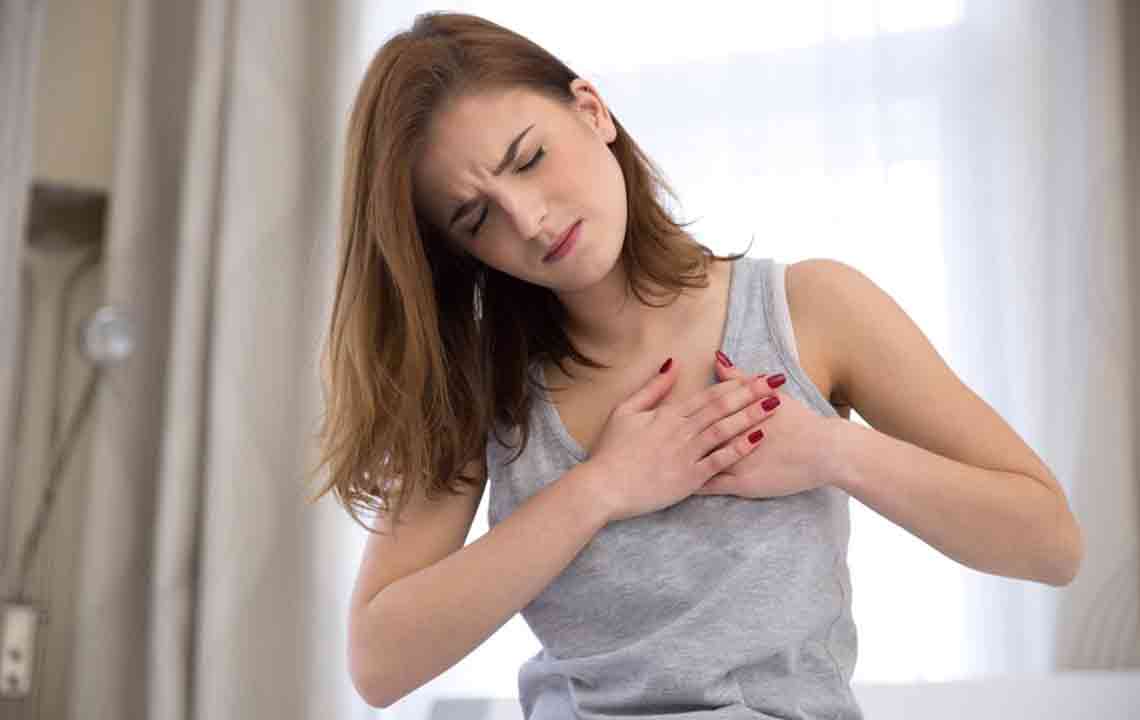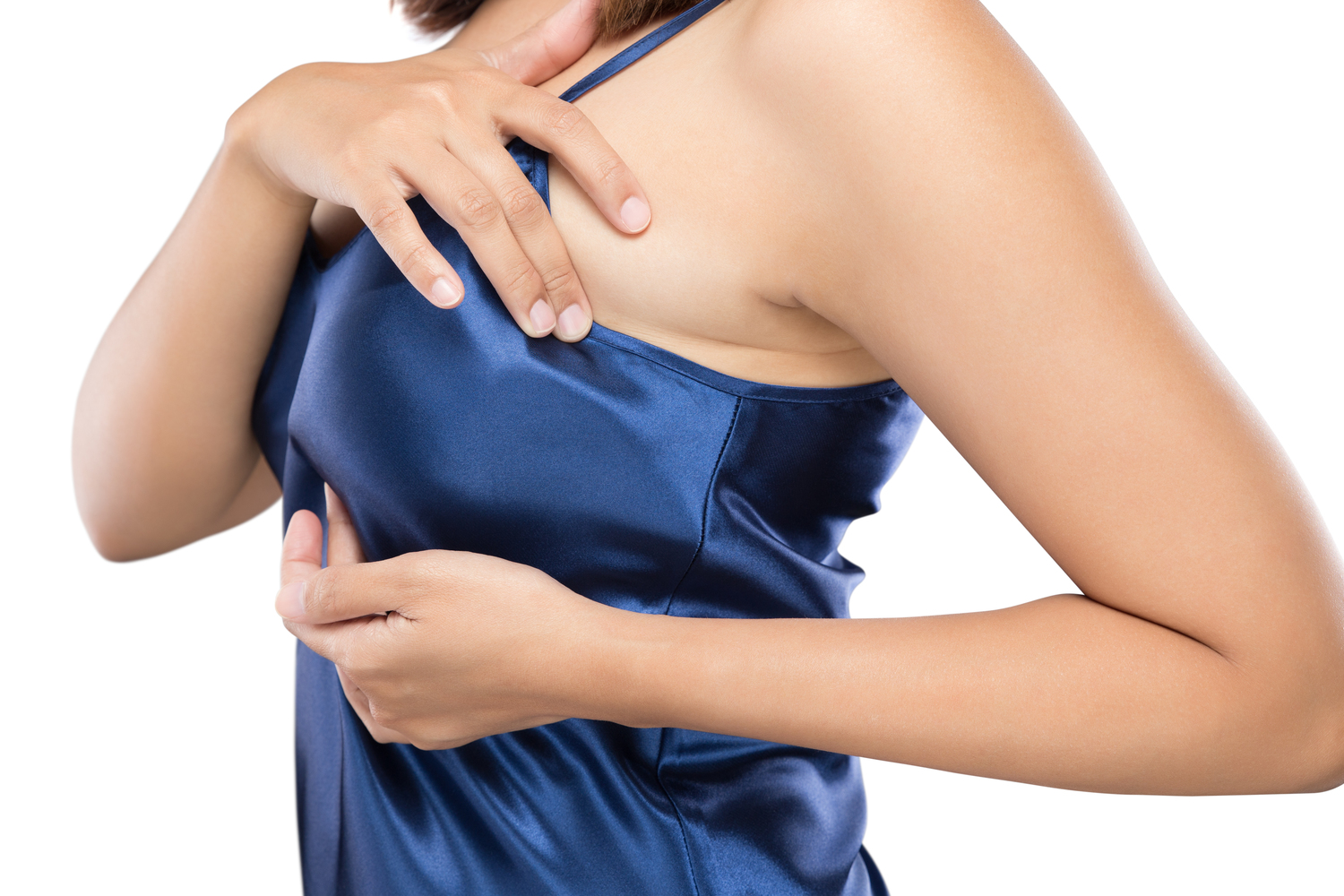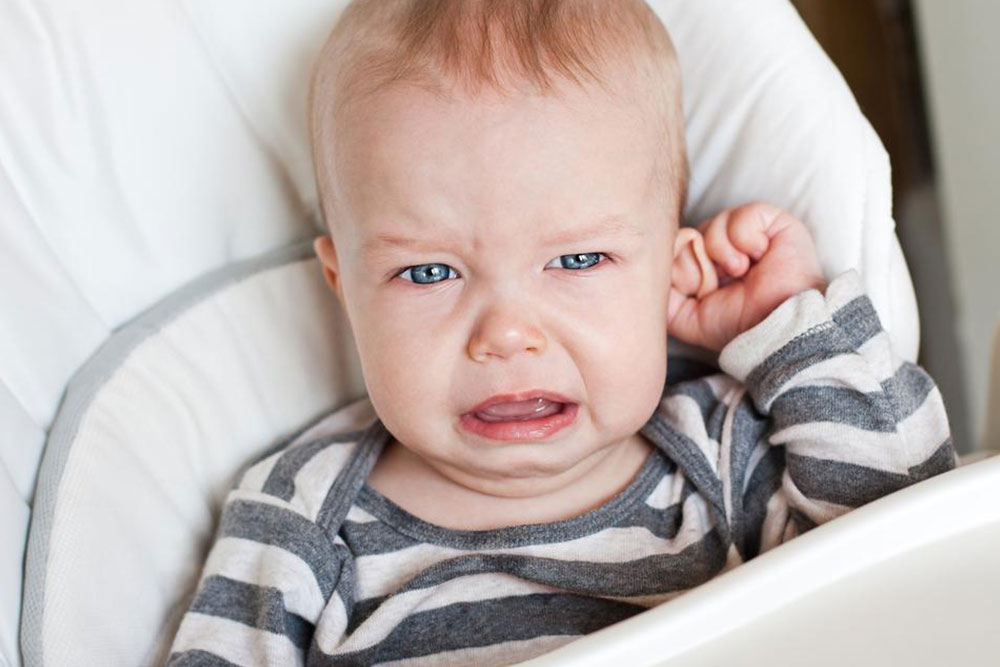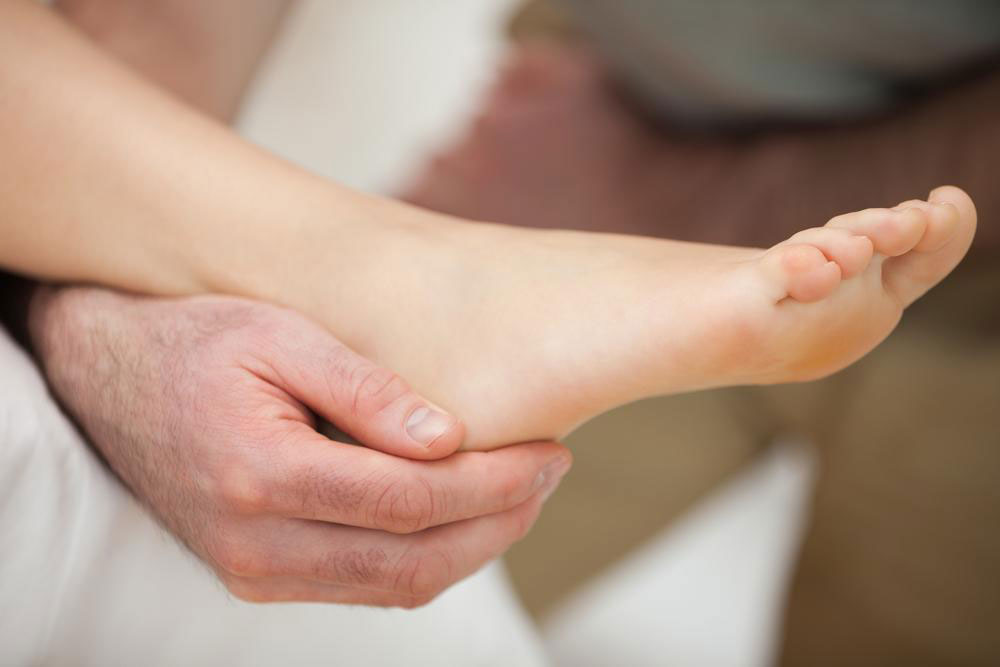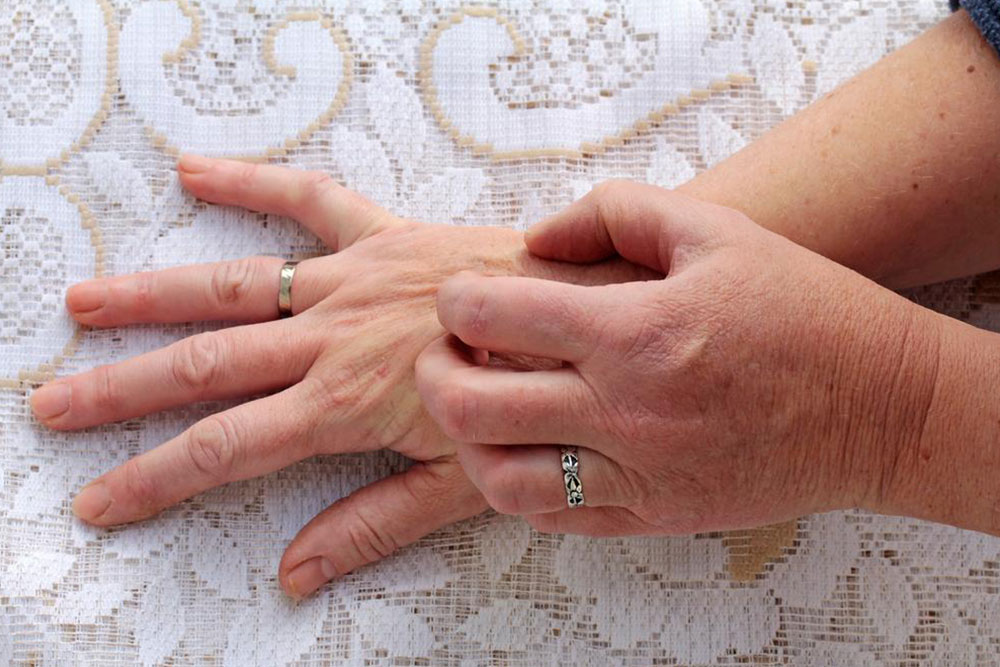Understanding Left-Side Breast Discomfort: Causes and Management
Breast pain on the left side is common and often benign. Causes include injury, hormonal shifts, infections, and cysts. Management strategies involve supportive wear, medications, and lifestyle changes. Persistent or worsening pain warrants medical evaluation to rule out serious conditions. Understanding these factors helps women manage discomfort effectively and seek timely advice from healthcare professionals.
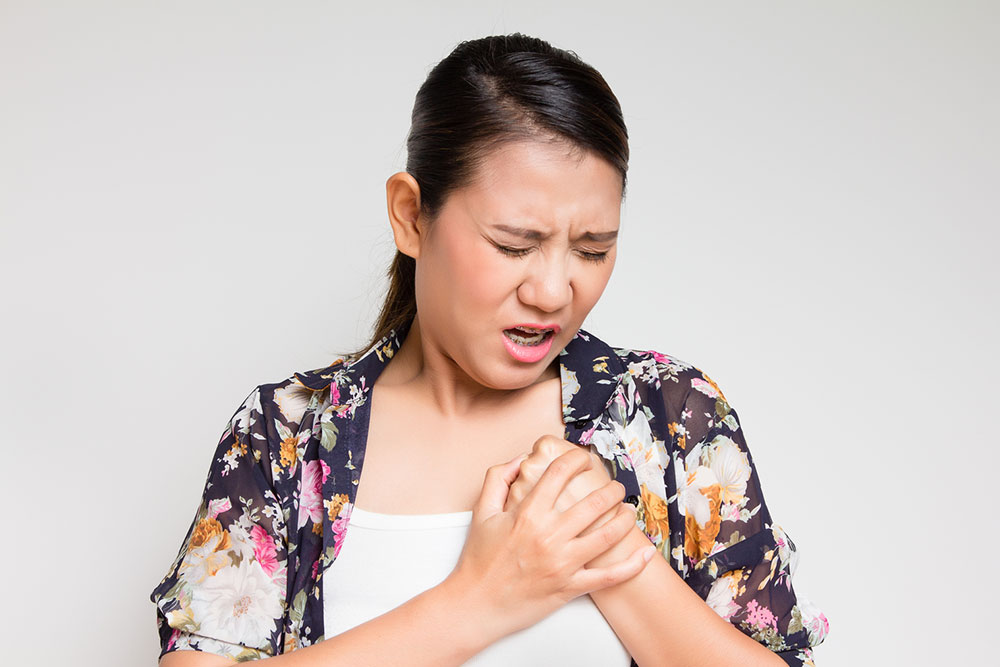
Understanding Left-Side Breast Discomfort: Causes and Management
Breast pain, clinically known as mastalgia or mastodynia, is a common condition affecting many women. According to the California Pacific Medical Center, around 50% to 70% of women experience some form of breast discomfort at some point. This pain can stem from various causes, and importantly, it rarely signals breast cancer.
Symptoms may include a feeling of tightness, dull aching, tenderness, and heaviness in the breast. Sometimes, the pain may radiate to the arms. If linked to menstrual cycles, it is called cyclical mastalgia. Notably, some women report experiencing pain predominantly on the left side.
Various factors can lead to left-sided breast pain. Below are common causes and potential treatment options.
Common Causes of Left Breast Pain in Women
Trauma: The breast’s skin is elastic and sensitive, protecting underlying tissues, nerves, blood vessels, and milk ducts. Injury can damage these structures, leading to persistent pain. Scar tissue formation post-injury may feel like lumps, often mistaken for tumors.
Breast Surgery: Procedures like reductions, augmentations, or reconstructions can cause postoperative tenderness and pain. Healing scars may cause intermittent discomfort long after surgery.
Infections and Cysts: Benign infections of milk ducts or the development of cysts and fibroadenomas can result in pain. Blisters or abscesses near the nipple or areola may also cause sharp aches.
Hormonal Shifts: Hormonal fluctuations during menstrual cycles, use of contraceptives, hormone therapy, or fertility treatments can trigger breast pain. In some cases, hormonal imbalances like hypothyroidism may contribute to discomfort.
Inflammation: Infections or inflammation in breast tissue require medical intervention, typically antibiotics, for resolution.
Lumps or Masses: Any visible lump warrants immediate medical evaluation to determine whether it’s benign or malignant.
Strategies to Alleviate Left Breast Discomfort
Wearing a properly fitted, supportive bra during day-to-day activities.
Using over-the-counter pain relievers such as ibuprofen or acetaminophen.
Applying topical NSAIDs like diclofenac or ibuprofen gels to reduce localized pain.
Limiting caffeine and coffee intake to help decrease symptoms.
Wearing a supportive sports bra during exercise.
Avoiding smoking, as nicotine can constrict blood vessels and worsen inflammation.
In some cases, doctors may prescribe medications when lifestyle changes are insufficient. These include:
Danazol: Used for fibrocystic breast conditions.
Tamoxifen: Often prescribed for breast cancer symptoms.
Goserelin: While primarily for breast cancer, it’s sometimes used off-label for pain relief.
Toremifene: Approved for treating breast pain and associated inflammation.
When to Seek Medical Attention
If pain persists beyond a few weeks.
If discomfort worsens or affects daily activities.
If you notice unusual lumps or changes.
Consult a healthcare professional promptly for proper diagnosis and management to rule out serious conditions like breast cancer.

